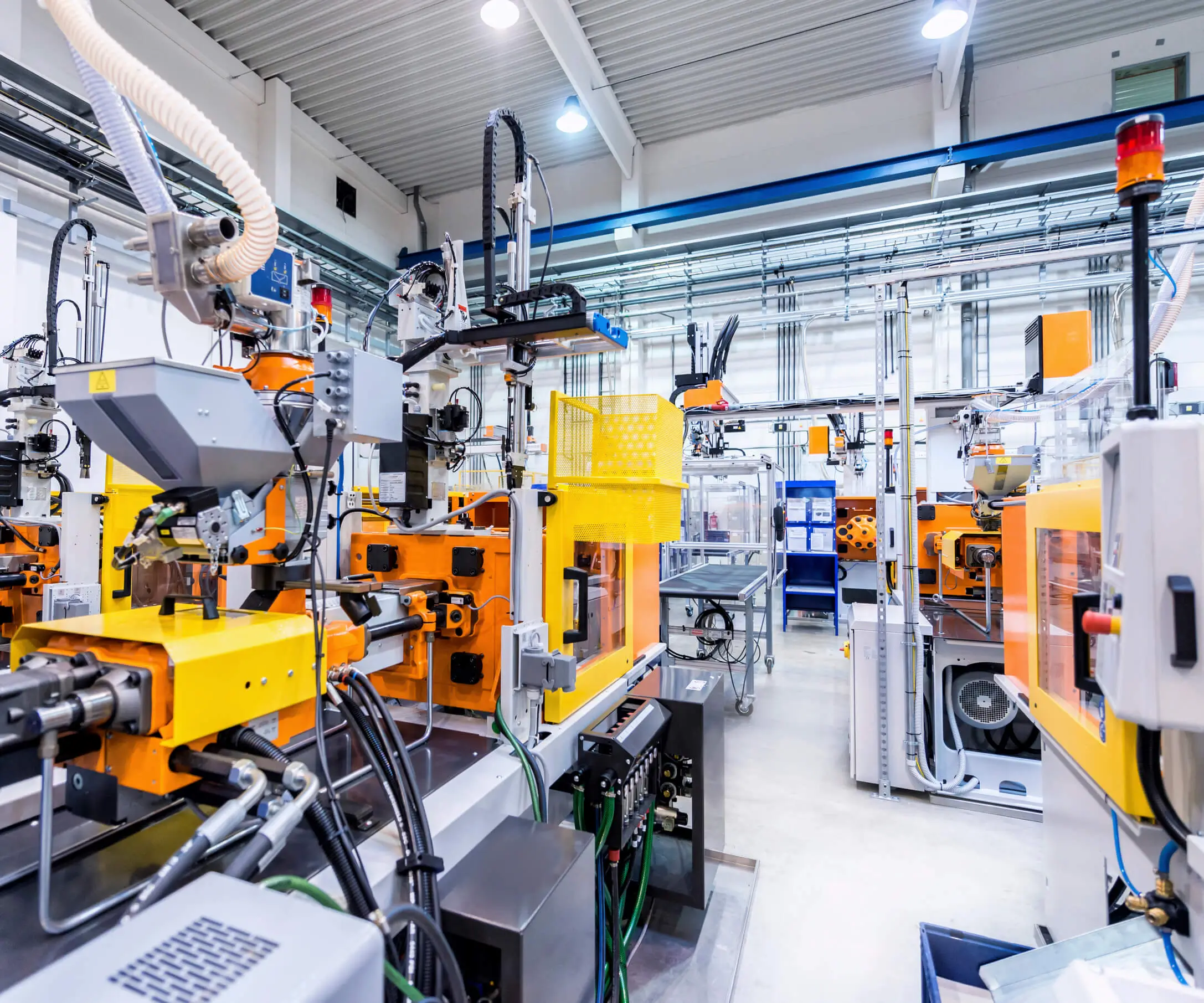Looking to get hands-on with your robotics or automation projects? Ever wished you could fine-tune motor movements with precision, all while keeping it simple and budget-friendly? Then, a DIY servo motor controller might just be your new best friend.

Imagine this—you're assembling a custom robot arm, and instead of relying on off-the-shelf solutions that squeeze your creativity into a box, you build your own control system. The joy of designing something tailored to your needs, whether it’s smooth, delicate movements or rapid, powerful kicks, is unmatched. That's where a DIY servo motor controller comes into play. It puts you in charge of every twist and turn.
This kind of controller isn't some complex maze meant for experts only. It's an accessible platform, especially if you're into tinkering or learning about how motors work behind the scenes. Most kits or modules feature straightforward interfaces—think headers, simple wiring, and clear instructions. The thrill of soldering your own components, or simply assembling parts, makes the whole process engaging rather than daunting.
What makes a DIY approach appealing? Flexibility. You can tweak the settings for different projects—changing speed, adjusting angle limits, or even pairing it with sensors for more advanced feedback. Plus, since the hardware isn't locked into one brand or application, it’s like building a puzzle where every piece fits just right.
Some might wonder, “Can I really control a servo motor precisely?” The answer is yes, especially when combined with microcontrollers like Arduino or Raspberry Pi. From hobbyist projects to more serious automation, the performance can be surprisingly accurate. The key is choosing a good controller—look for features like PWM output, voltage compatibility, and ease of programmability. With a solid DIY servo controller, you could create a camera gimbal with smooth stabilization, or a robotic arm that mimics human motion perfectly.
Now, the fun part—what about cost? Building your own controller from kits or ready-made modules often costs less than buying a pre-made professional grade device. Plus, you understand every part of what makes it tick. No hidden surprises later.
But no project is without hurdles. Sometimes wiring gets tangled, or the firmware needs adjustments. That’s part of the adventure. Troubleshooting might involve checking connections, updating code, or experimenting with different components. Each step deepens your understanding.
In a nutshell, a DIY servo motor controller is more than just a tool. It’s an invitation to learn, experiment, and create something uniquely yours. It opens the door to endless possibilities—whether you’re building a tiny robot, designing automation in your workshop, or just exploring the mechanics of motion. When you control the controller, the only limit is your imagination.
Feeling inspired? Whether you’re just starting out or sharpening your skills, crafting your own servo controller can be surprisingly rewarding. It’s all about the journey, after all, and the satisfaction of turning ideas into reality with your own hands.
Established in 2005, Kpower has been dedicated to a professional compact motion unit manufacturer, headquartered in Dongguan, Guangdong Province, China. Leveraging innovations in modular drive technology, Kpower integrates high-performance motors, precision reducers, and multi-protocol control systems to provide efficient and customized smart drive system solutions. Kpower has delivered professional drive system solutions to over 500 enterprise clients globally with products covering various fields such as Smart Home Systems, Automatic Electronics, Robotics, Precision Agriculture, Drones, and Industrial Automation.




































